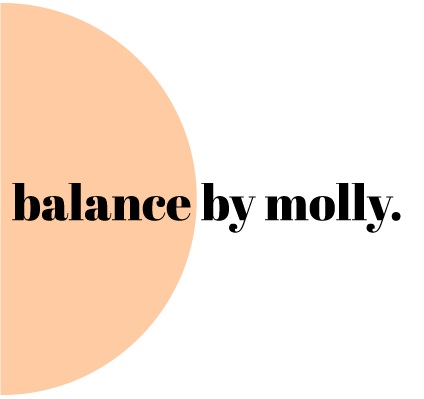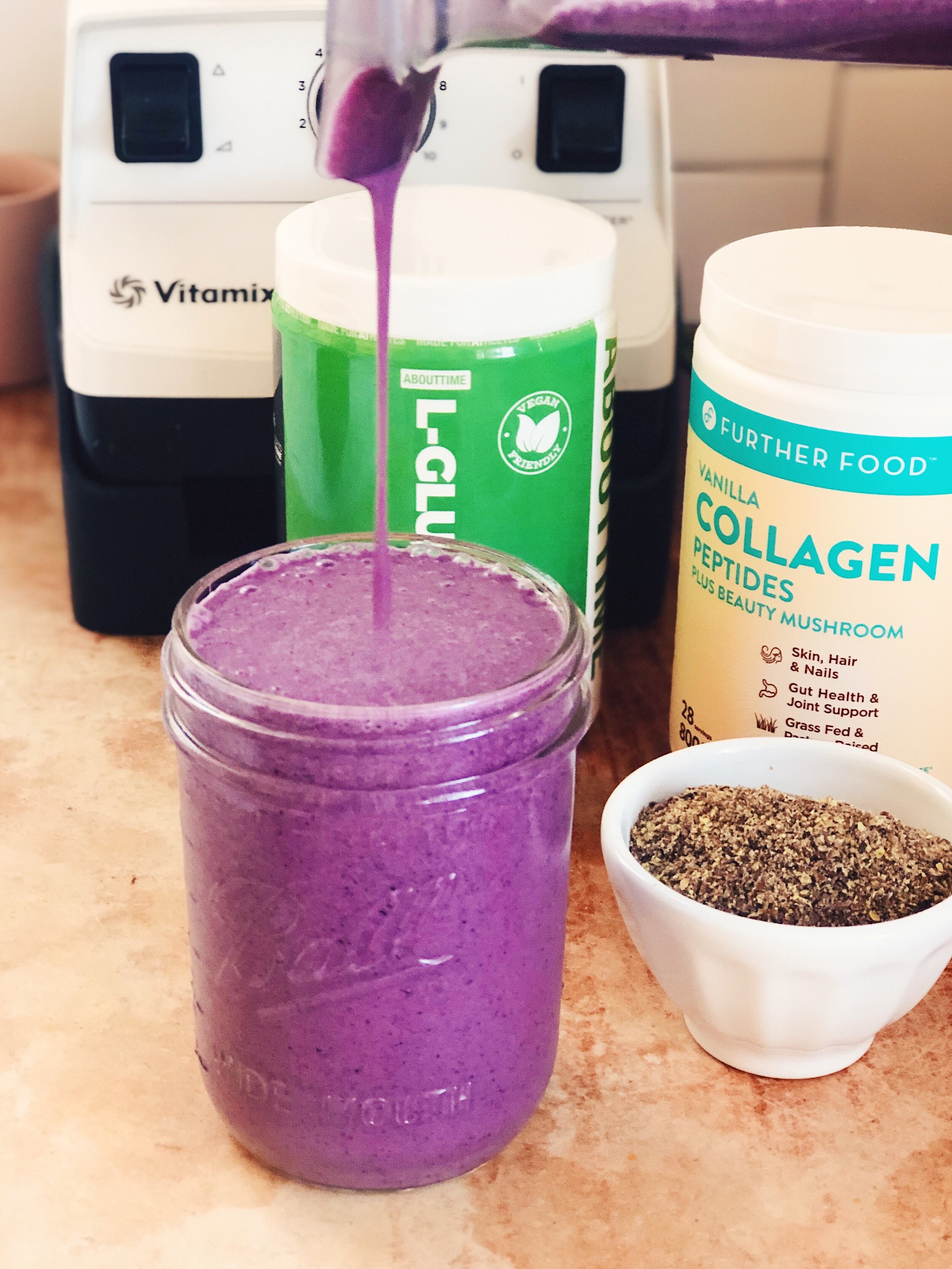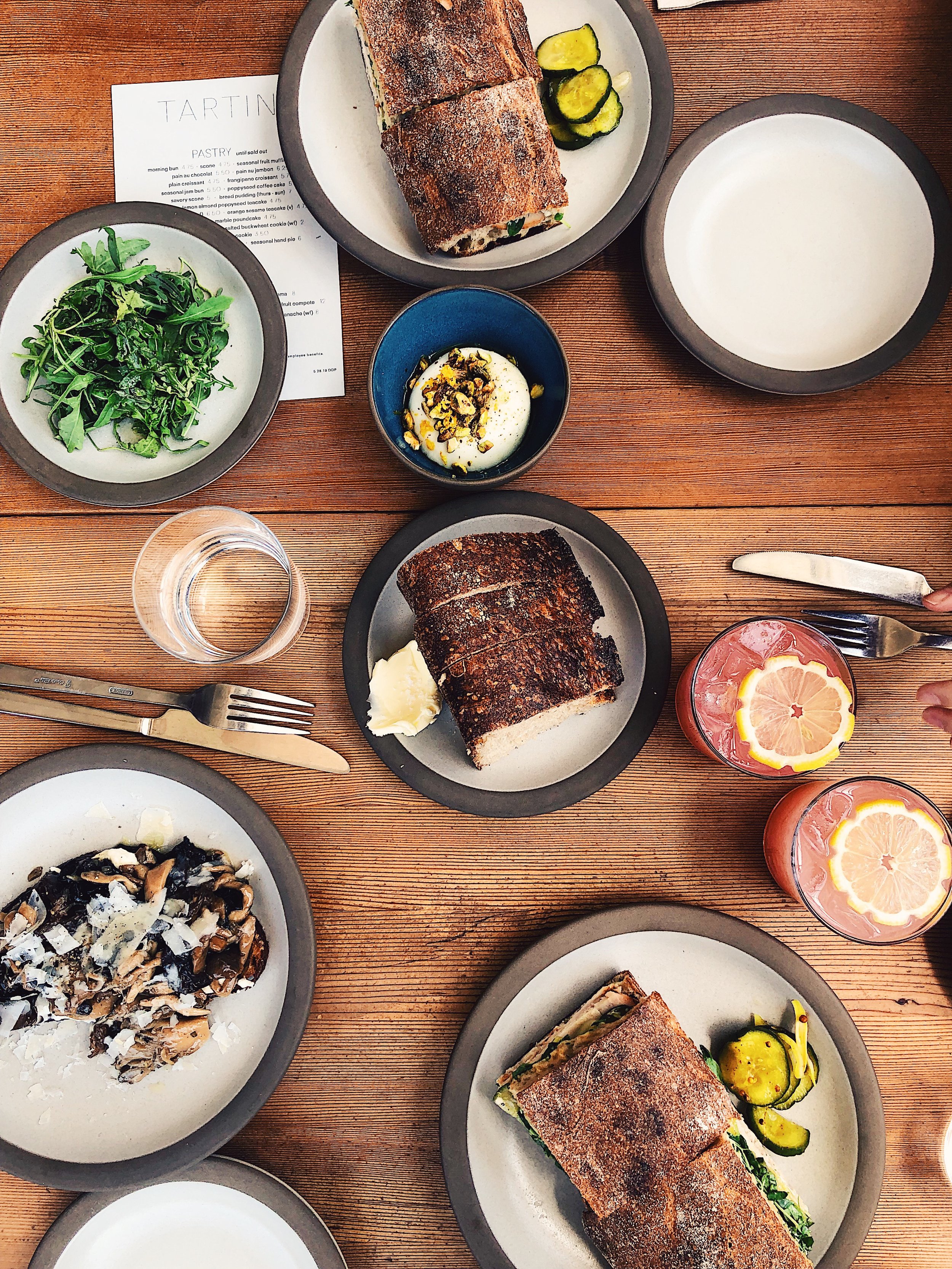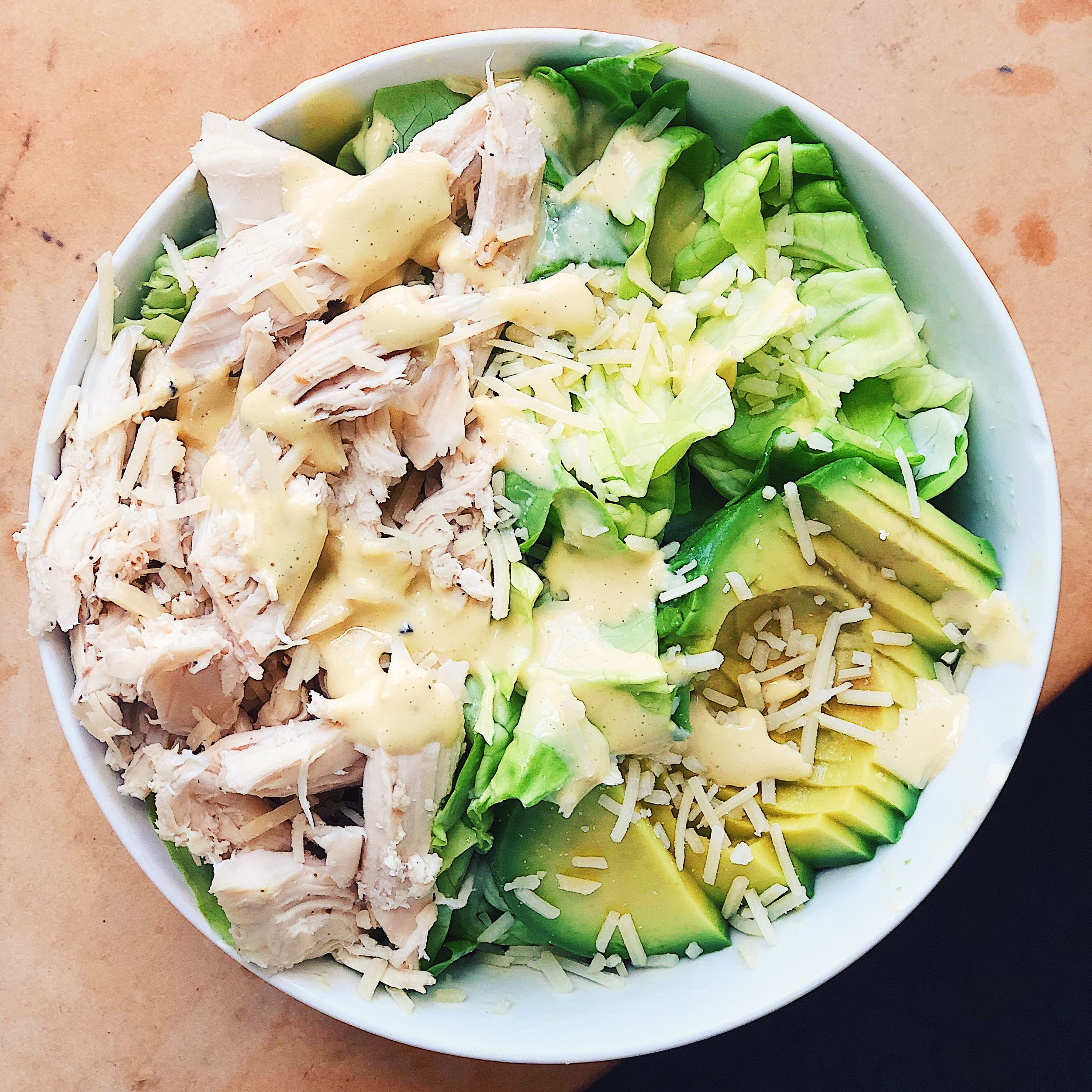LET’S DIVE IN TO THE MYTHS!
1. Intuitive Eating is a diet for weight loss.
Yep, definitely a myth and the first one I remind my clients of, and also reply to in emails and DMs. Intuitive Eating is not a diet for weight loss. Instead it is learning how to eat OUTSIDE the diet mentality and creating a healthy relationship with food. I use Intuitive Eating in my practice with clients who are recovering from disordered eating to help them heal their relationship with food. To do so, the first step (or lily pad) is to ditch the diet mentality and to unlink food from any rules. Instead, Intuitive Eating looks at food through a lens of satisfaction and enjoyment. For example, on a diet you may look at a bowl of oatmeal topped with fruit and nuts and think “How many calories or grams of carbs are in it? If I eat it do I need to restrict carbs or calories later? With intuitive eating, you simply look at the bowl of oatmeal and ask: Do I want it? You may naturally consider other factors as well from old programming, but it all starts with this simple question.
2. Nutrition is thrown out the window.
This one is a classic. The belief that once you allow yourself to eat what you want, you won’t be able to control your cravings and it will be pizza and ice cream all day long. Won’t this lead to more bingeing and eating ALL OF THE THINGS?! The quick answer is no, but there may be a honeymoon period. One of my clients told me, “I knew I had figured out Intuitive Eating when I went out to lunch with coworkers and ordered a salad, NOT because it was the healthy item on the menu but because I truly wanted it". I think this sums up the Intuitive Eating nicely, but for some there is an in between phase.
The honeymoon period: when you first break out of the diet prison, you might get a little excited. This is because your brain is used to that in-between-diets phase, and it knows the routine: Stock up on the good stuff now, because it's only a matter of time before the pizza and ice cream is off of the table again. So whatever your forbidden fruit was, you might go through an initial phase where you're eating more of those things, and that's normal. It can be really scary, but trust me that this is normal. And, IT WILL PASS. Eventually, you realize pizza and ice cream aren't going anywhere, and so you don't have to hoard them. Your body gets the message: Oh, these are always available? OK cool, because I am getting sick of them and a salad or fish and veggies sounds pretty good right now.
3. You will gain weight.
This isn’t really so much of a myth as it is an unknown. Because here is the truth, when you start to eat intuitively you will either lose weight, gain weight or your weight will stay the same. Intuitive Eating isn’t about the weight. If weight gain is a worry for you, ask yourself where this discomfort is coming from - Diet culture? A society that praises thinness? Internalized fat phobia?
Because weight has nothing to do with Intuitive Eating. This is because you cannot simultaneously create a better or more neutral relationship with food and focus on weight loss. As goals, they are like two magnets held together - they repel each other.
I mean yeah, weight change is a likely side effect of changing your eating habits. But, that change isn't going to look the same for everyone. If your body has excess weight to lose, you probably will lose it. But, if you have been restricting for years and your weight reflects this, you will probably gain weight as your metabolism has slowed while in starvation mode. This takes some time to catch up and for homeostasis (balance) to take place.
Another thing to remember is that normal eaters fluctuate, too. Not just disordered eating. Our bodies reflect our lives and we have to learn to recognize that without judgment and to give ourselves more grace while we check in with where the discomfort is coming from.
4. It’s easy!
I feel like this is the allure of diets, we perceive them as an easy way to lose weight. This makes sense as they promise so much - Lose 30 pounds in 30 days! Sure thing, it may be easy to watch the weight fall off on your first diet and then dieting becomes addicting as a quick fix. But we are missing the statistics that most diets (95% to be exact) don’t work, just take the long-term results of the show the Biggest Loser as an example of what happens to weight and metabolism overtime when you constantly diet.
Intuitive Eating is a big change if you are crossing the pond from the other side of diet culture. And change is hard. It takes time. Intuitive eating is about real, long-term change.
5. It works for everyone
Well, technically, this one may actually be true. Because in the end, intuitive eating really just means, well, eating! It's about eating based on your needs (your mind and your body’s needs), not a diet's rules — so if you put it like that, I guess Intuitive Eating is for everyone. But, if you've been burned by diets, lifestyle labels and strict meal plans in the past, then you may not want to align yourself with any kind of “program”. That's totally fair. But loop this back to myth 1, Intuitive Eating isn’t a diet or a program (wink, wink).
Not quite ready to take the leap and need a framework to bridge you from diet culture/disordered eating to Intuitive Eating? I created an Intuitive Eating Nutrition Plan with an easy to follow framework that includes mix n’ match meal grids (so you can eat what you want!) and worksheets to tap into your hunger and full cues.
Remember, it is important to meet yourself exactly where you are on your journey and grow from there. No judgements. :)










